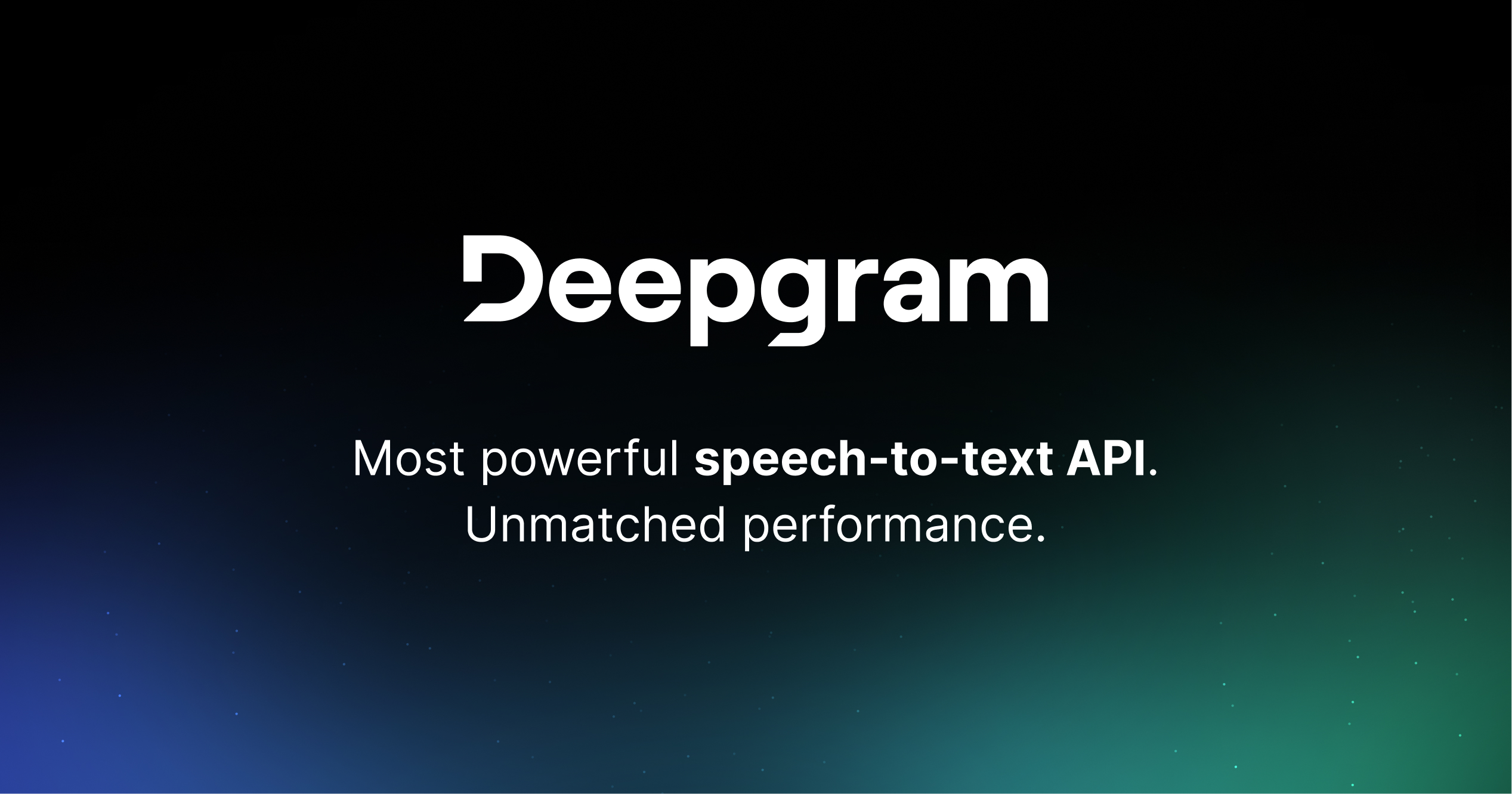- AI Bytes Newsletter
- Posts
- The Emotional Pulse: How Sentiment Analysis Transforms Business Insights
The Emotional Pulse: How Sentiment Analysis Transforms Business Insights

Hey all, Mike here! Today we’ll be exploring Sentiment Analysis.
In the ever-evolving landscape of artificial intelligence, one of the most intriguing advancements has been sentiment analysis. It's a term that sounds straight out of a sci-fi novel, but its applications are very much grounded in the reality of today's digital age. Let's dive into what sentiment analysis is, how it works, and explore some fascinating use cases that are changing the way businesses interact with their customers and monitor their brand presence online.
Understanding Sentiment Analysis
At its core, sentiment analysis is all about understanding the emotions behind words. It uses a blend of machine learning and natural language processing (NLP) to evaluate the tone of a text. Is the writer happy, angry, or neutral? This technology seeks to answer that question.
The process begins with breaking down text into its components - words, phrases, sentences - and analyzing them against a database of sentiments. For example, words like "love" and "enjoy" carry positive connotations, while words like "hate" and "disappointing" lean towards the negative. By aggregating these sentiments, sentiment analysis can provide an overall mood for the text.
Sentiment Analysis in Action
Let's take a closer look at how sentiment analysis operates in the wild:
Customer Feedback Analysis: This is where sentiment analysis truly shines. By evaluating customer reviews, tweets, and other feedback, businesses can gain invaluable insights into how their products or services are perceived. It's like having a direct line to your customer's unfiltered thoughts.
Campaign Monitoring: Political campaigns, marketing strategies, you name it - sentiment analysis can track public opinion in real-time, providing a more nuanced understanding of how messages are being received.
Brand Monitoring: In the age of viral content, keeping an eye on your brand's online presence is crucial. Sentiment analysis helps companies monitor social media chatter, identifying potential PR crises before they explode.
Stock Market Analysis: The stock market is swayed by public sentiment. Analyzing news articles and investor forums with sentiment analysis tools can provide traders with a pulse on market trends.
Compliance Monitoring: For industries burdened with heavy regulations, sentiment analysis can sift through vast amounts of compliance documents, highlighting areas of concern or interest.
How Does It Work?
Sentiment analysis can be as simple as comparing text against a list of sentiment-scored words or as complex as employing machine learning algorithms that learn and adapt over time. There are three main approaches:
Automated Systems rely on machine learning to classify text into sentiment categories.
Rule-based Systems use predefined rules to analyze text, which can be tailored to specific needs but require maintenance.
Hybrid Systems combine the best of both worlds, offering flexibility and learning capabilities.
Real-World Applications
Imagine using sentiment analysis to fine-tune your next product launch based on real-time feedback from social media. Or consider the power of monitoring your brand's health across the internet, ready to respond to any negative sentiment before it becomes a full-blown crisis. These are not futuristic scenarios; they're happening now, thanks to sentiment analysis.
Conclusion
Sentiment analysis is more than just a tool; it's a window into the heart of your business's online presence. It allows for a level of understanding and responsiveness that was unimaginable just a few years ago. Whether it's analyzing customer feedback, monitoring brand health, or keeping an eye on market trends, sentiment analysis is an indispensable ally in the digital age.
And for those of us who marvel at the possibilities of AI, sentiment analysis is a testament to how far we've come and a hint at the incredible places we're headed. So, the next time you're drafting a tweet or analyzing customer feedback, remember: there's a good chance sentiment analysis is playing a role in shaping the future of communication and business strategy.
Side note: One of my favorite services for transcription and sentiment analysis is Deepgram! Check out their site below!
